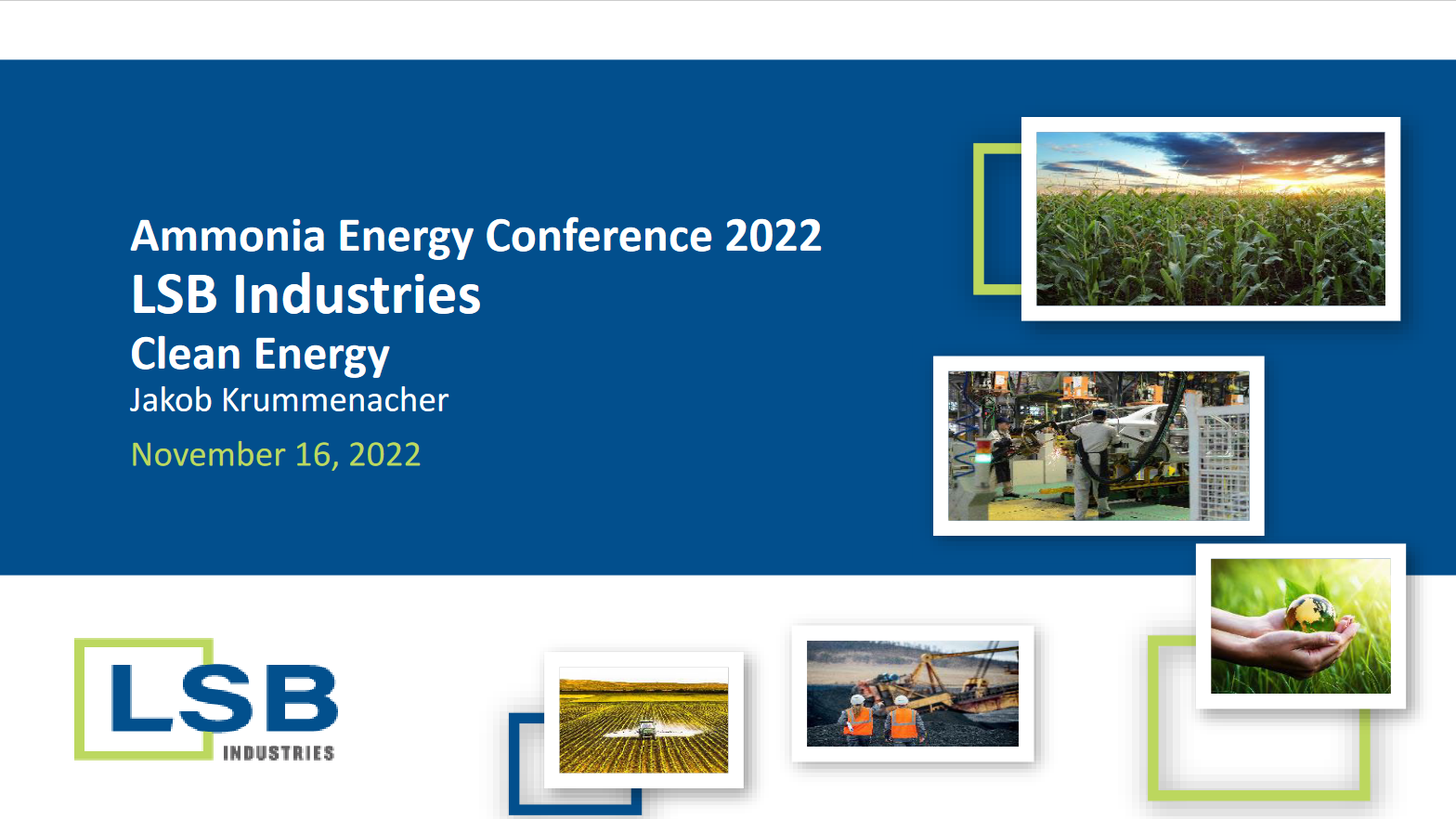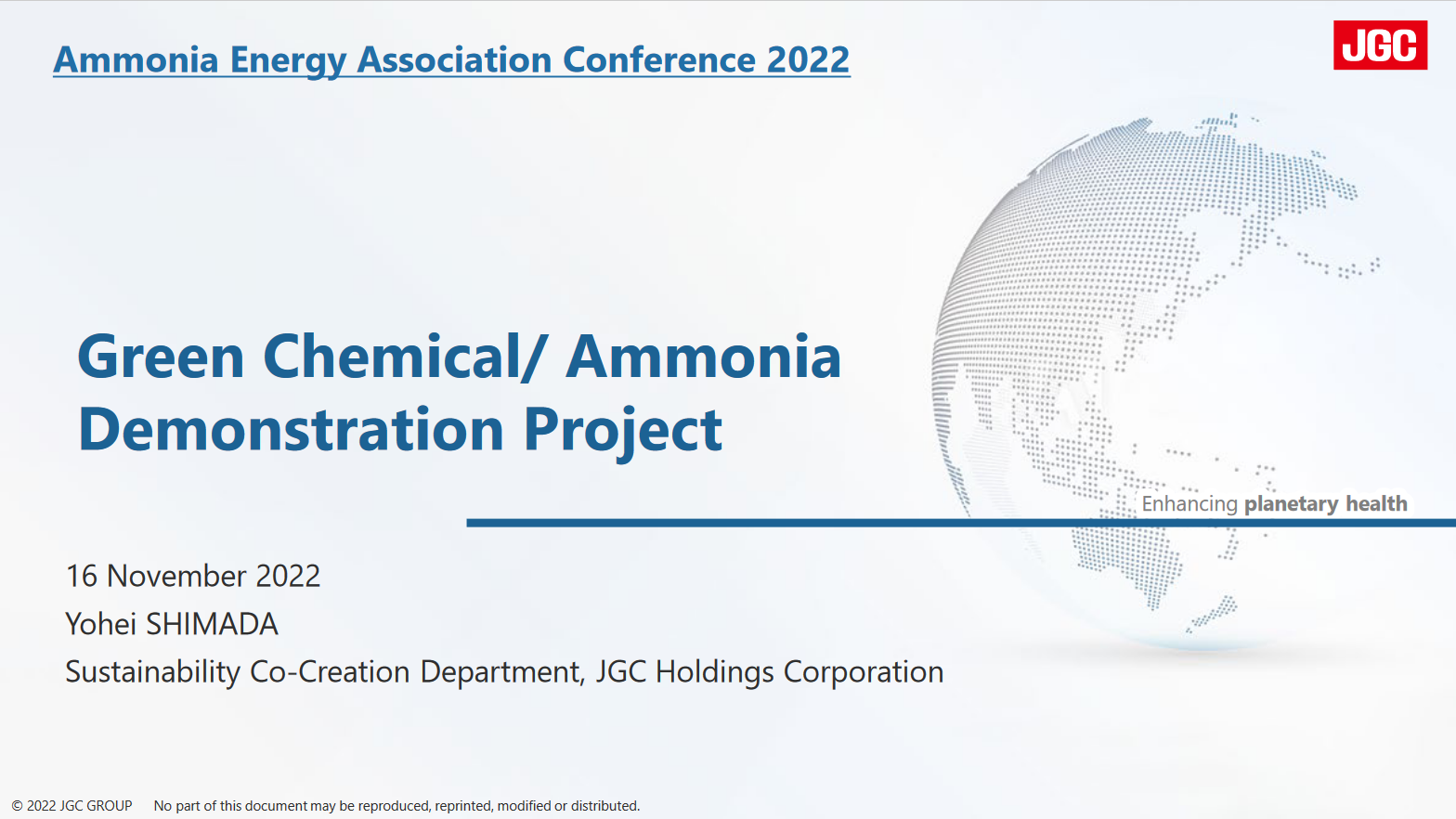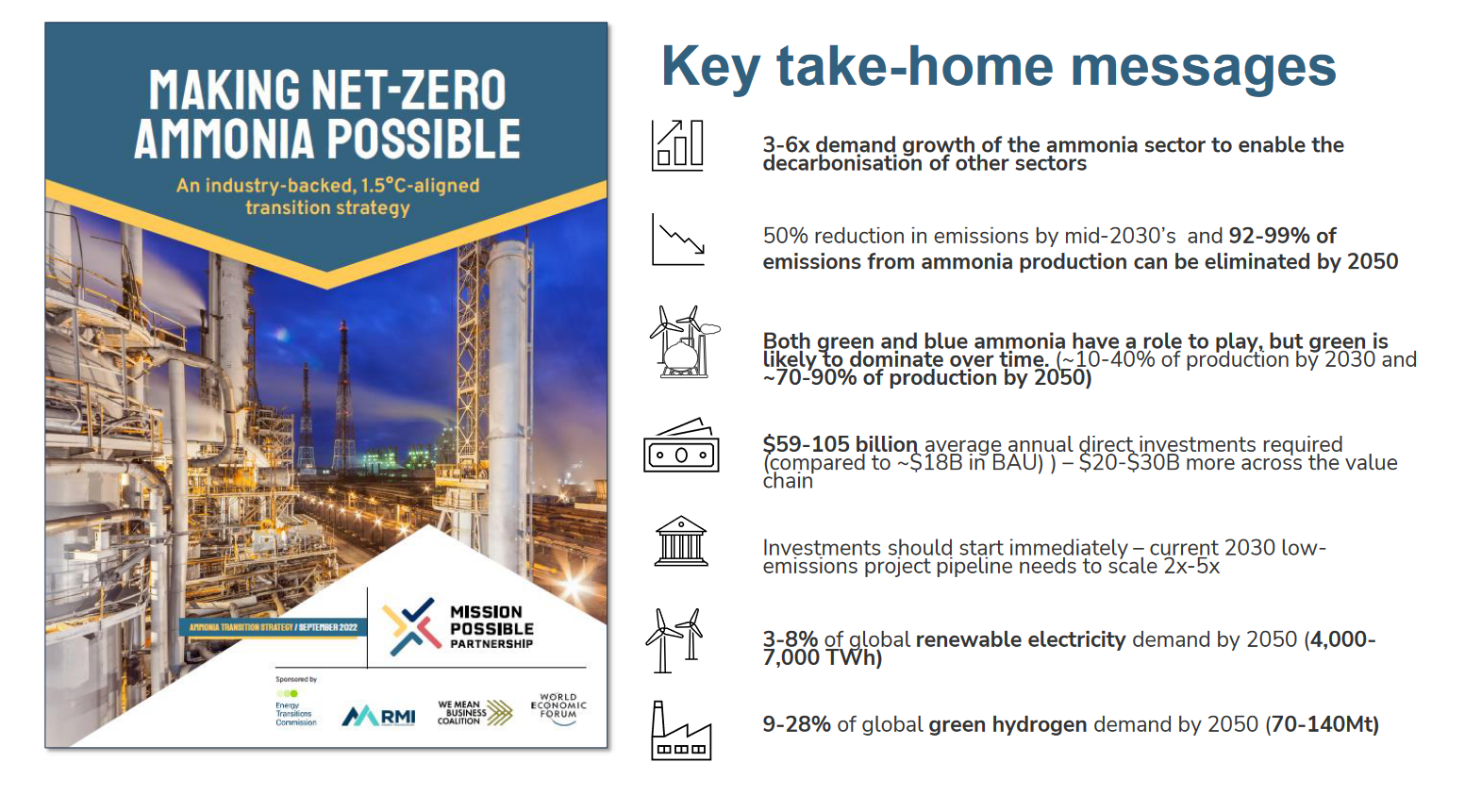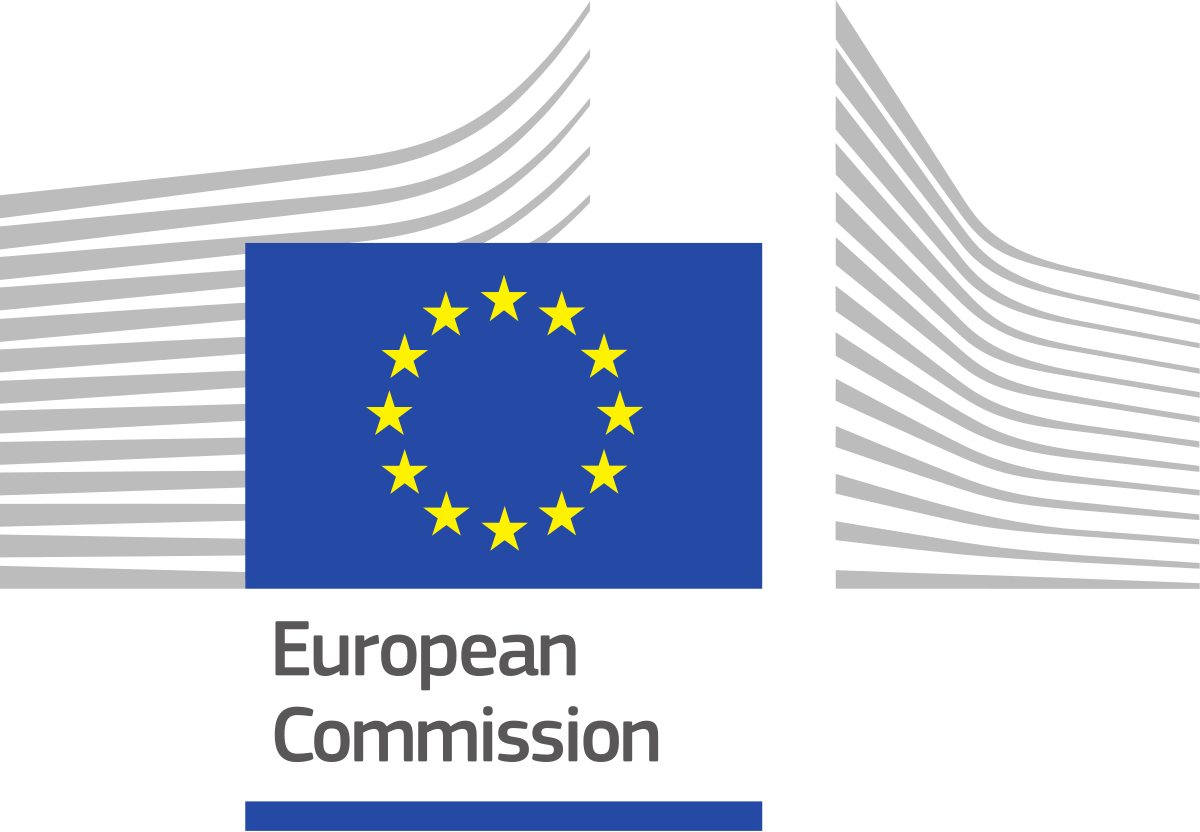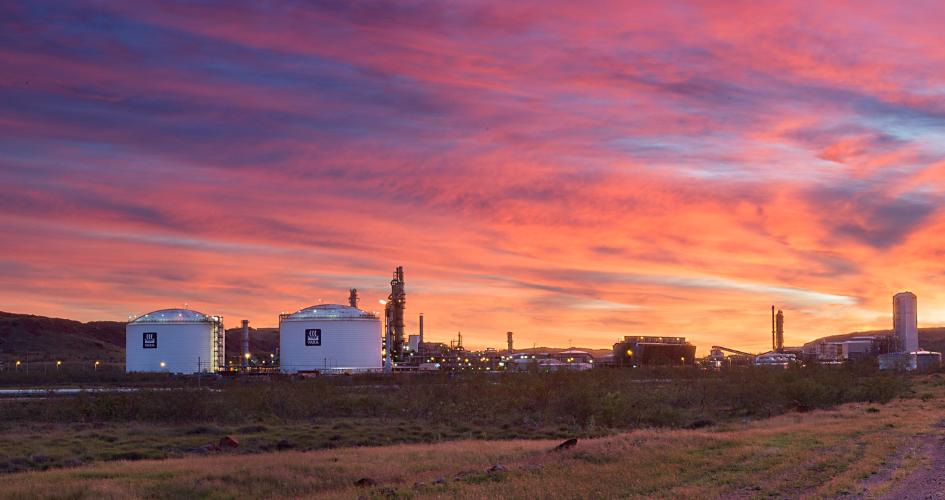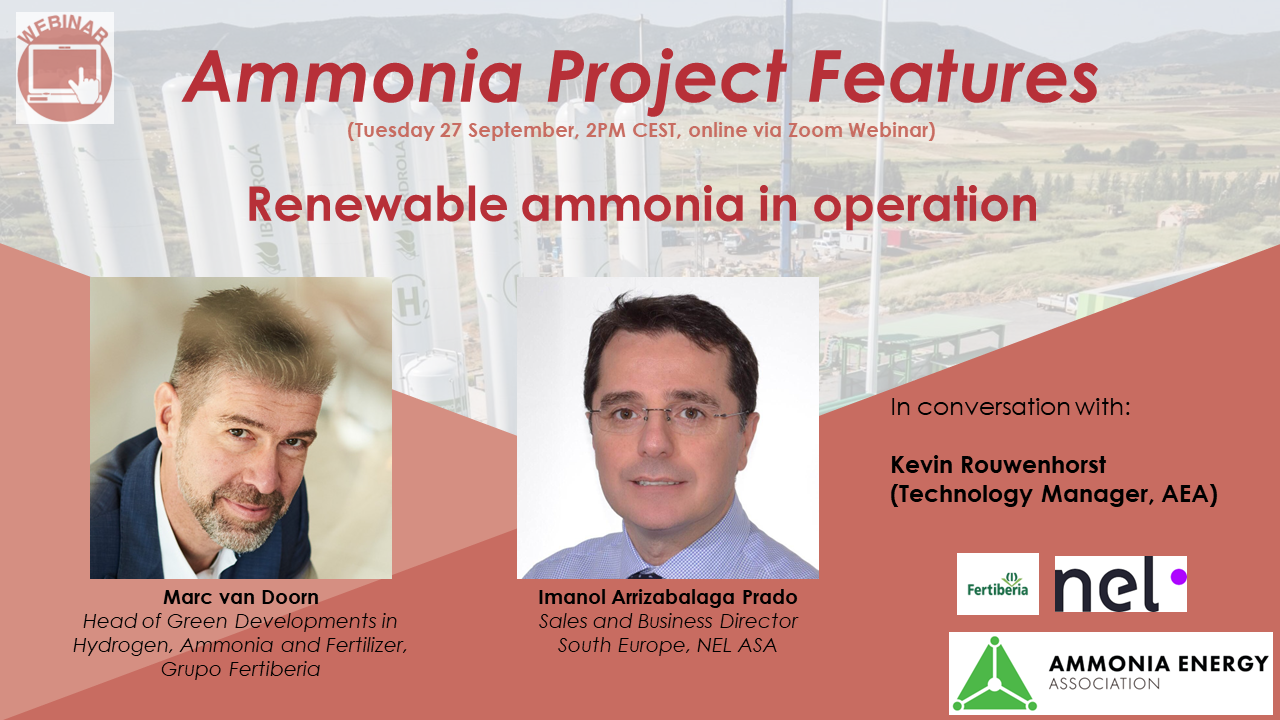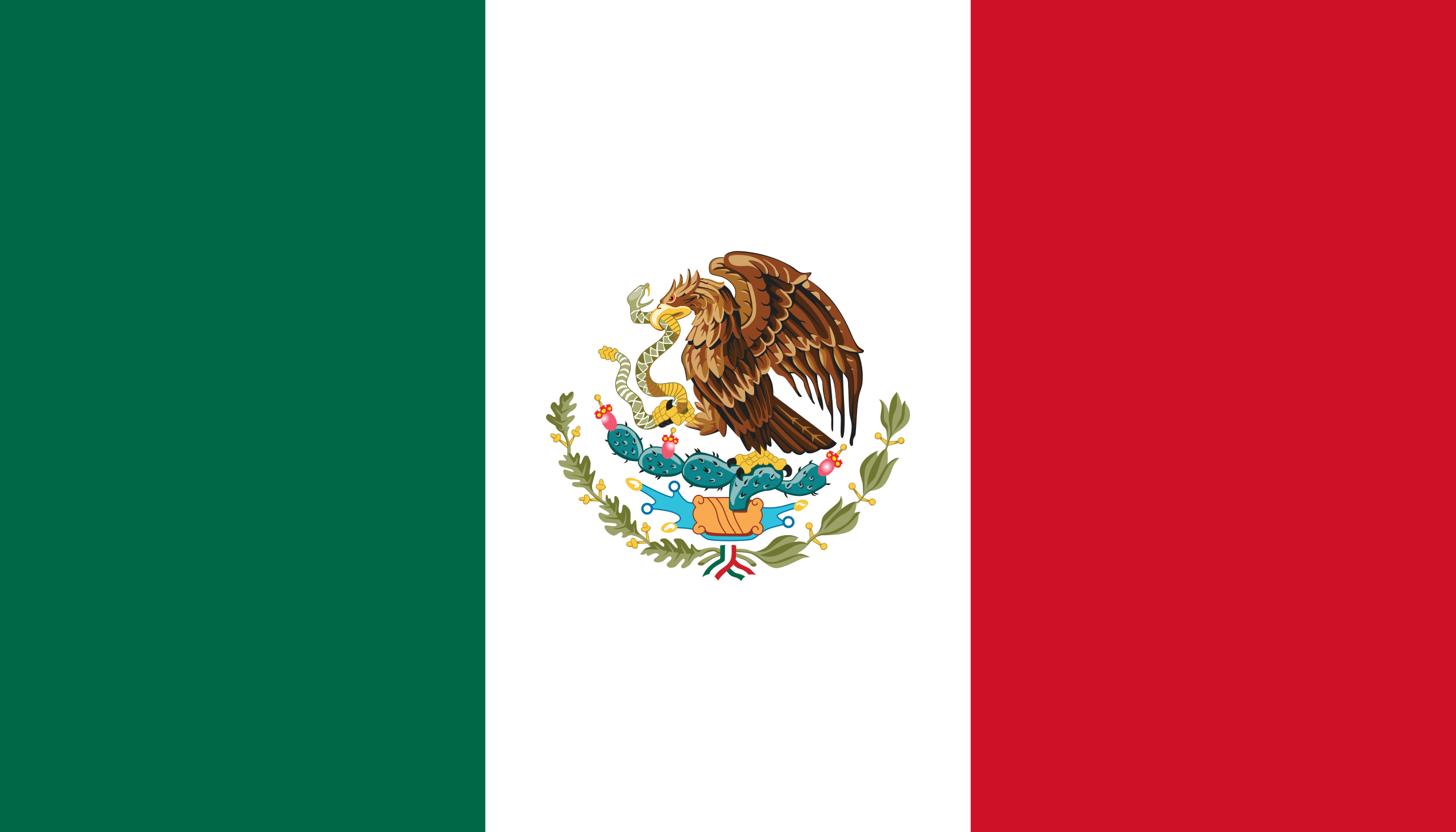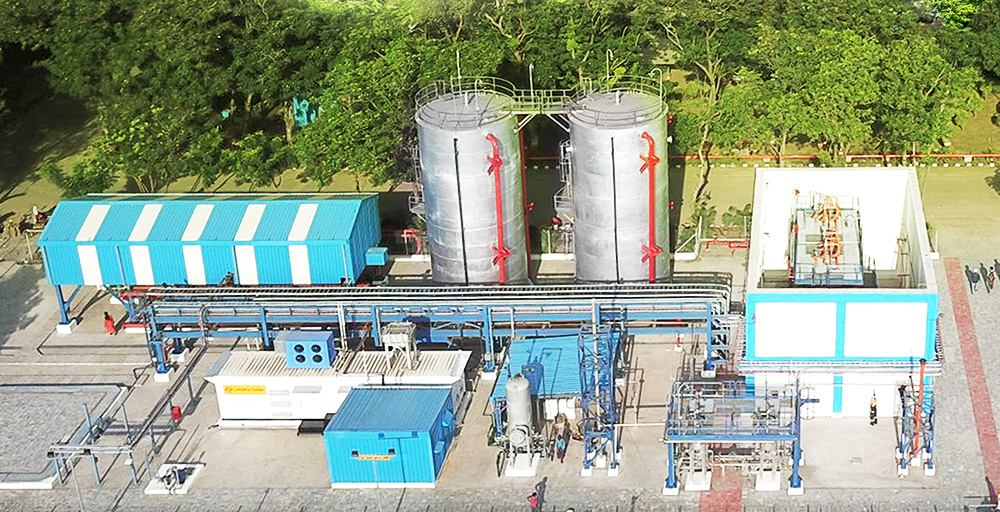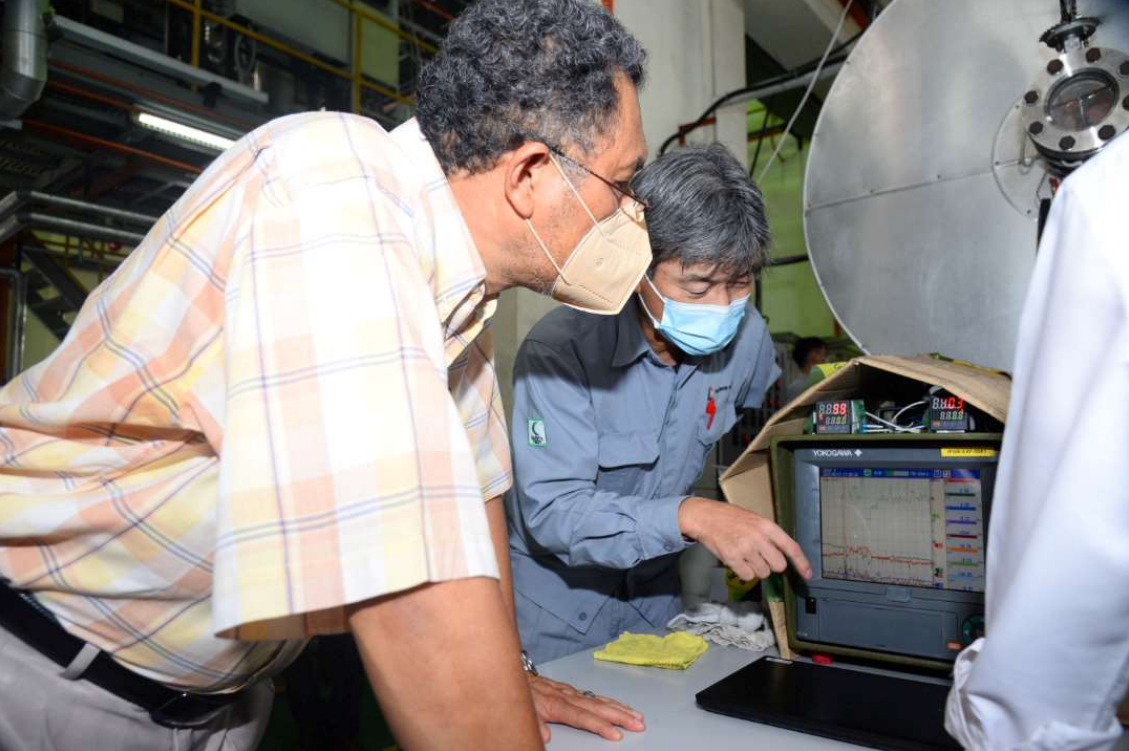Electrolysis
Demonstration project for a green chemical plant using large-scale alkaline water electrolysis
Making net-zero ammonia possible: new transition strategy for the industry
Mission Possible Partnership has launched a new transition strategy for the global ammonia sector. Endorsed by a series of key ammonia energy players from across the supply chain, Making net-zero ammonia possible sets out a series of levers, mechanisms and priorities for the coming decade to ensure the ammonia sector achieves a 50% emissions reduction target by the mid 2030s, before almost fully decarbonising by 2050.
New hydrogen regulations in Europe
The European Parliament has recently voted on key changes to the Renewable Energy Directive II. The changes include new renewable fuel targets for industry, scrapping the “additionality” clause, and easing temporal & geographical restrictions on electricity PPAs for hydrogen production. A new, €3 billion Hydrogen Bank has also been announced in a bid to close the investment gap in Europe.
Pilbara renewable ammonia project reaches key milestones
ENGIE has successfully reached a final investment decision on Project Yuri. The collaboration with Yara will see renewable hydrogen feedstock produced next door to Yara’s existing ammonia & fertiliser production facility in Karratha, Western Australia, with construction to commence this year, and production of renewable hydrogen to begin in 2024.
In further developments, Yuri has new stakeholders, with Mitsui & Co. securing a 28% interest stake in Yuri, and Technip Energy being selected to lead EPCC works. And in certification news, the Smart Energy Council also announced it has granted pre-certification for renewable hydrogen & ammonia production from Project Yuri, under the Zero Carbon Certification Scheme.
Renewable ammonia in operation: Puertollano, Spain
Fertiberia recently opened its first renewable ammonia production project in Puertollano, with Nel supplying 20 MW of PEM electrolyzer units to produce renewable hydrogen feedstock.
First Ammonia announces deal for 5GW of Topsoe electrolysers
US-based First Ammonia has announced a new reservation deal with Topsoe for delivery of solid-oxide electrolysers. Initially, First Ammonia will purchase 500 MW of SOECs from Topsoe’s new manufacturing plant in Herning, Denmark, with the option to expand to 5 GW over the lifetime of the agreement. That initial 500 MW will be deployed over two First Ammonia production projects, both targeting commercial operations in 2025: one in northern Germany, and one in southwest USA.
Ohmium to provide electrolysers for low-carbon fertiliser plant in Mexico
Ohmium will deliver electrolysers to Tarafert to integrate into their new build ammonia & urea plant in Durango, northern Mexico. The ammonia plant is CCS-based, but an electrolyser facility & 1 GW solar farm will be built next door to give plant operators two different sources of low-carbon hydrogen feedstock: one CCS-based, and the other solar-based.
India: renewable developments
In Indian developments this week:
- Avaada Group and the Rajasthan state government will jointly develop a $5 billion, million-tonne-per-year renewable ammonia plant in the city of Kota.
- Multinational Larsen & Toubro has switched on a new renewable hydrogen plant for its Hazira manufacturing complex in Gujarat.
- Korean steelmaker POSCO and Greenko have signed an MoU to cooperate in green hydrogen and ammonia production in India.
- And at our recent Australia conference, IEEFA’s Kashish Shah outlined how renewable hydrogen & ammonia can relieve the burden of US$13 billion in subsidies paid every year to the fertiliser sector in India.
Ammonia combustion for power generation: updates from Korea, Malaysia and Singapore
Joint venture SK Plug Hyverse has agreed to deploy its Korean-manufactured PEM electrolysers overseas, and then supply Korea South-East Power (KOEN) with renewable hydrogen & ammonia imports for co-firing at natural gas and coal power plants. In Malaysia, power utility Tenaga Nasional Bhd, IHI Power Systems and Petronas announced they have successfully conducted 60% ammonia co-combustion trials. And in Singapore, Jurong Port, Mitsubishi Heavy Industries and JERA will conduct a joint study on Jurong Island, where a 60MW, combined-cycle gas turbine will be fueled by 100% ammonia to produce zero-carbon electricity.
